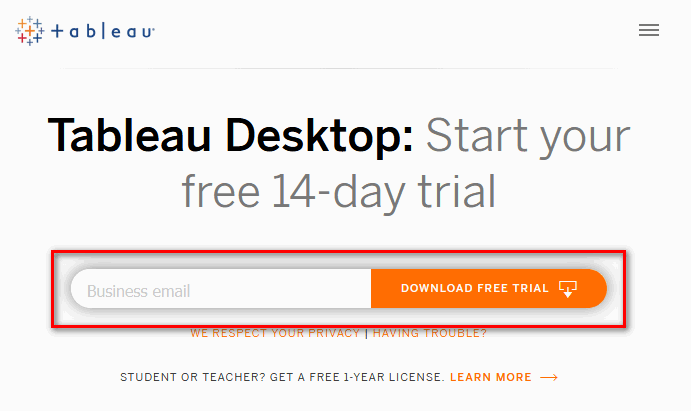

For this, start Tableau Desktop, and under “Connect”, select “Tableau Server”, enter the name of the server and then select “Connect”. In order to use this type of connection user need to have an access to Tableau server and any data source should be available there. Let’s consider a special type of connection - “Tableau Server”. This means that data you want to connect to locates on the server (not your computer). You can just open your Excel workbook, select and copy data, then on Tableau panel click “File” => “Paste”, and the data will be loaded into a new workbook.Īlso, you can connect to a server. In the block “Connect” => “To a File” click “Microsoft Excel”, in the opened dialog box select the Excel workbook you want to connect to. For example, you want to connect to Excel file. Let’s start with an easy type of connection - to a file. The Excel, Text, Access, and Statistical files will be local databases, such as files located on your own computer, while a server will allow you to connect to an online data source. Tableau gives you the option to connect to an Excel/csv, Text, Access or other file located on your PC or Mac, or the option to connect to a server.

This article is devoted to the aforementioned problems. In addition, Tableau has a wide range of data processing functions, which will help to reduce clutter and make the analysis more efficient and faster. Also, data can be placed in different types of sources, connection with which has its own characteristics. But to successfully upload data, it must meet certain criteria. Data preparation and data connections in Tableauīefore you begin your analysis in Tableau, you must connect to your data and then set up the data source.


 0 kommentar(er)
0 kommentar(er)
